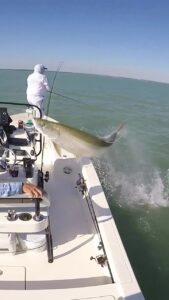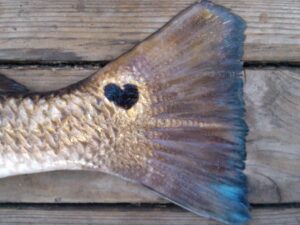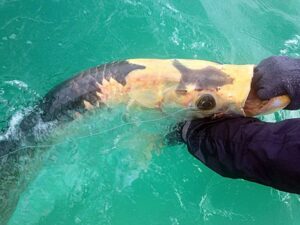Sawfishes are arguably the most threatened family of marine fishes in the world. The global populations of all five species of sawfish have experienced historic declines due to fisheries overexploitation (directed and bycatch) and habitat loss. Consequently, three species are listed on the International Union for Conservation of Nature and Natural Resources (IUCN) Red List as Critically Endangered, and two species are listed as Endangered. There is now a very real risk that these unique species will be lost without urgent conservation action.

The IUCN Shark Specialist Group developed a Global Sawfish Conservation Strategy that provides an update on the status of sawfishes. The vision of the strategy is a world where sawfishes are restored – through understanding, respect and conservation – to robust populations within thriving aquatic ecosystems. The strategy contains two goals aimed at achieving this vision 1) robust sawfish populations where threats are minimized through improved fisheries management, strategic research, species and habitat protection, and trade limitation and 2) effective sawfish conservation and management enabled through capacity building, outreach and fundraising.
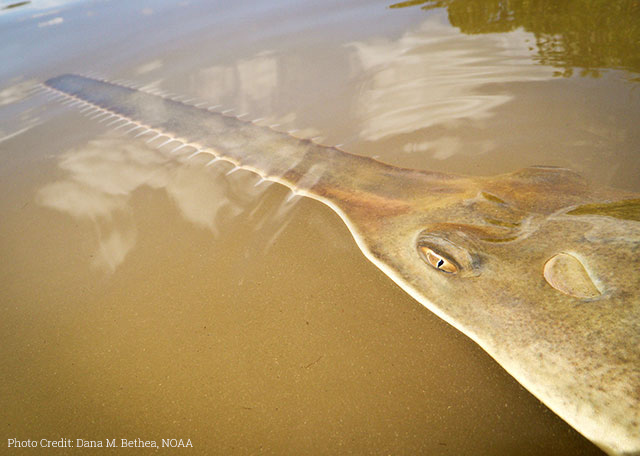
It also details a set of clear, global-scale prioritized recommendations for meaningful research, education and conservation actions, and a roadmap for the development of regional conservation programs to improve the global status of sawfishes. These Actions are based on the global status review of all sawfishes, including: taxonomy, historical and current status, threats, values, and conservation actions currently in place.

Owing to a combination of complicating factors, the sawfishes are at greater risk of extinction than all other rays and sharks. Although the threat is exceptionally high and global, encouraging trends in the USA and Australia demonstrate that recovery from the brink is possible for sawfishes, if the species are strictly protected and their critical habitats are conserved, with the help of focused, regional research and recovery programs. Recovery is most likely to occur under a coordinated conservation‐planning regime that shares the lessons learned, particularly from regions where declines have been stemmed to areas of priority need. It is hoped that the IUCN Global Sawfish Conservation Strategy will swiftly spark effective recovery initiatives throughout the range of these remarkable and imperiled marine species.
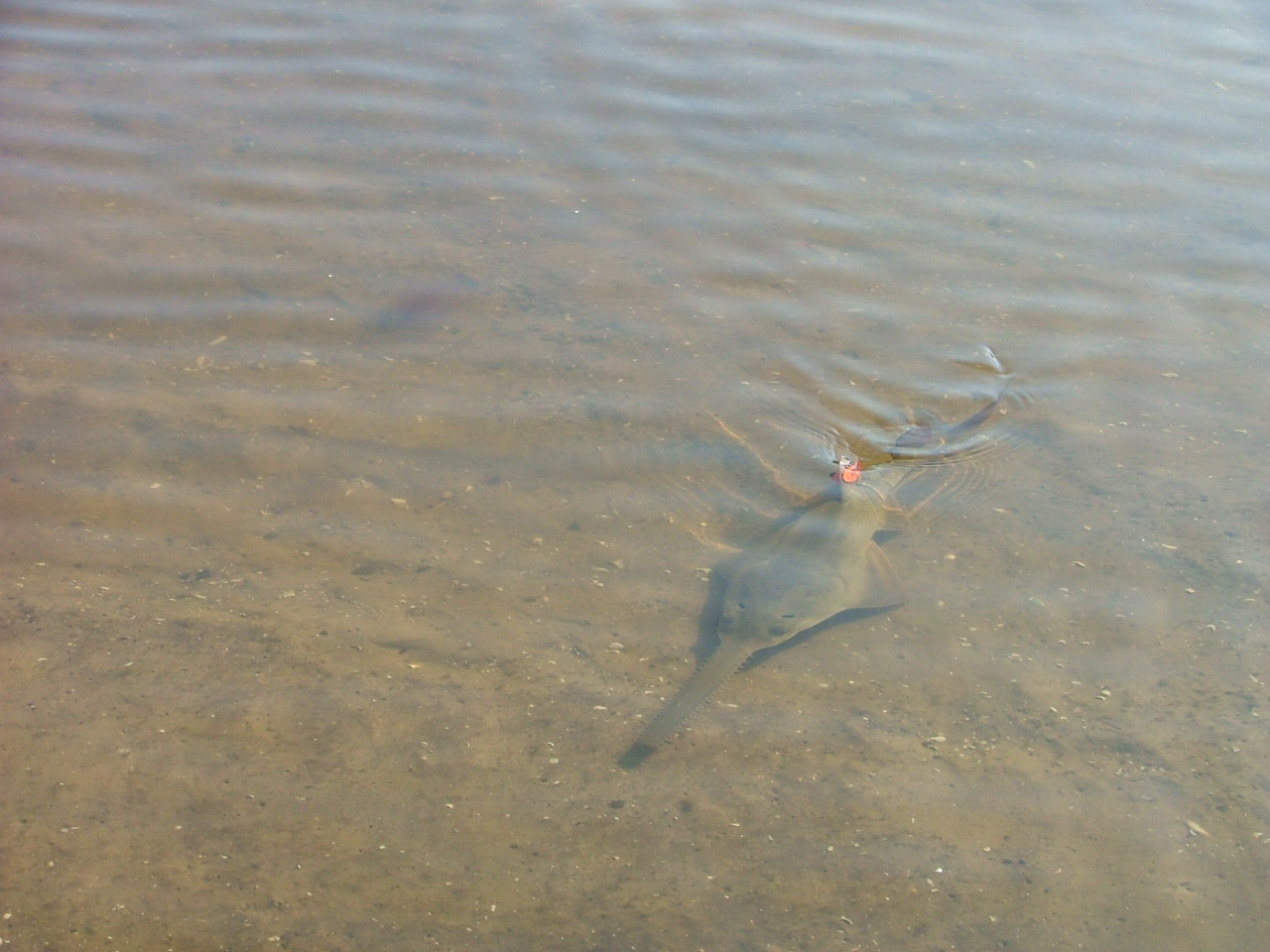
If you want to learn more about the status, distribution, biology, cultural significance, threats, and management of sawfish around the world, you can view the Global Sawfish Conservation Strategy at www.iucnssg.org/conservation-strategies-sawfish.html and read Ghosts of the coast: global extinction risk and conservation of sawfishes available at https://onlinelibrary.wiley.com/doi/full/10.1002/aqc.2525.
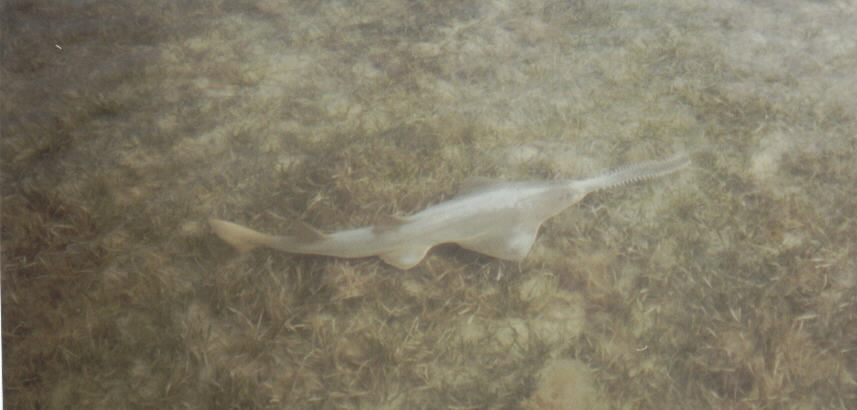
For more information about endangered sawfish in the U.S. visit http://www.fisheries.noaa.gov/pr/species/fish/smalltooth-sawfish.html or http://myfwc.com/research/saltwater/fish/sawfish/ or call 1-844-4SAWFISH
MORE SAWFISH INFORMATION CONTACT

Tonya Wiley, President
941-201-2685
Tax-deductible donations to help us continue our mission to conserve coastal ecosystems through science and outreach can be made at https://www.oceanfdn.org/donate/havenworth-coastal-conservation
Sawfish caught by Conrad Kiesel in the Mouth of the Caloosahatchee River in Fort Myers, FL. Photo by Capt. Cliff Gilchrist of www.CaptivaFishingCharters.com



